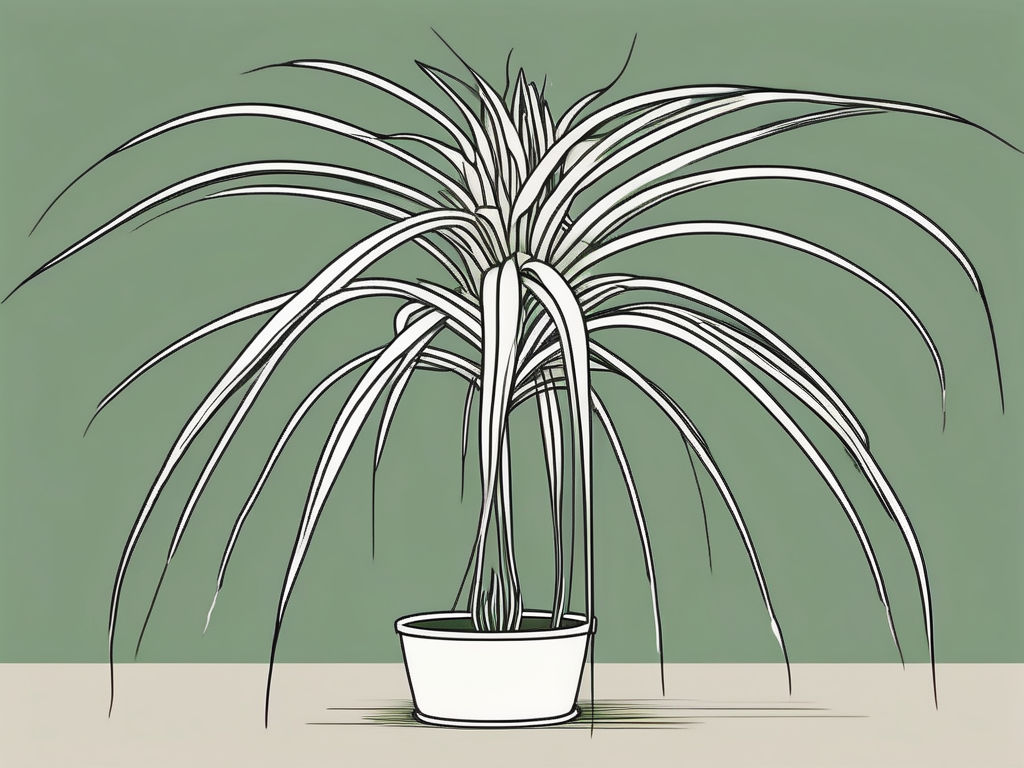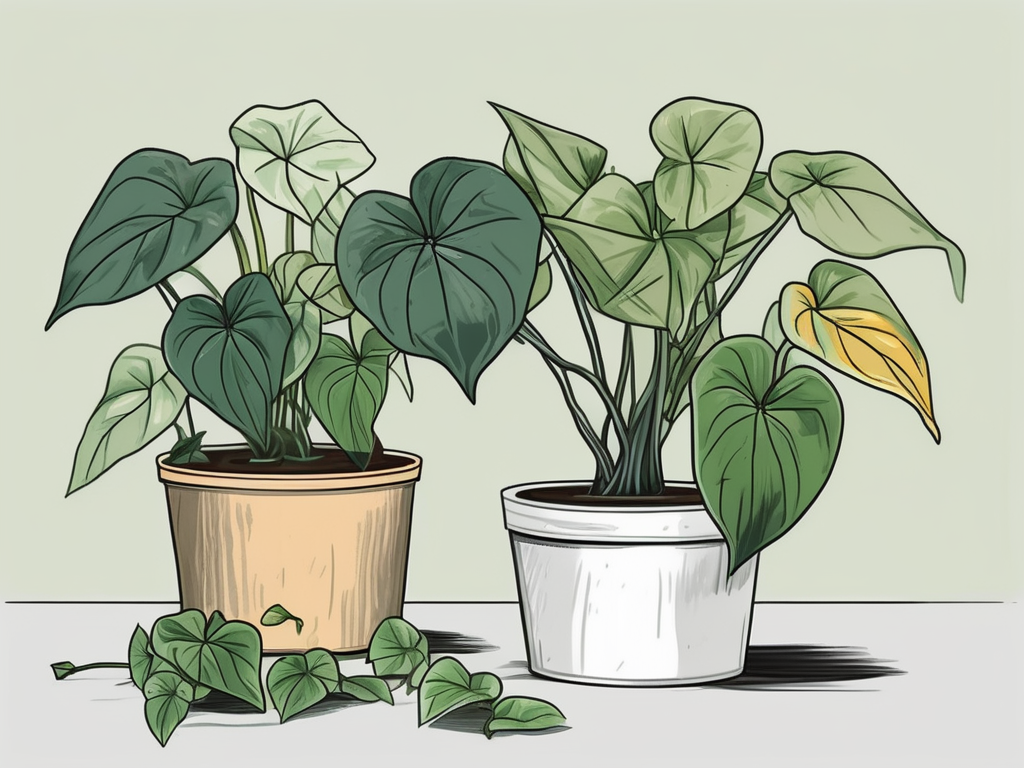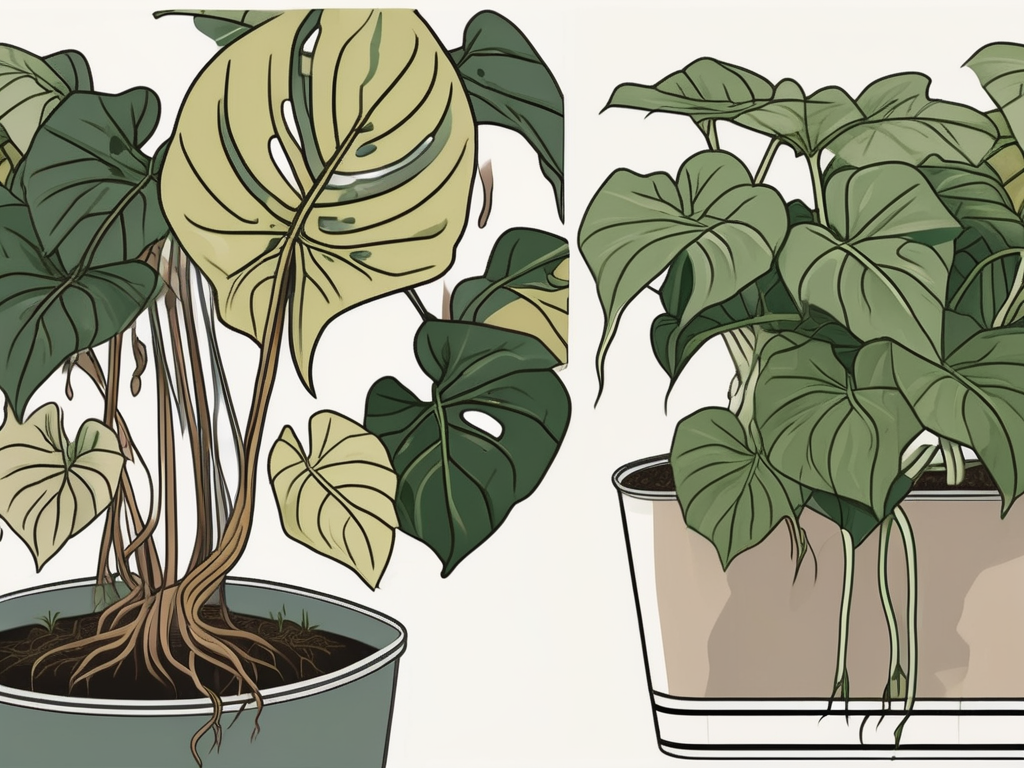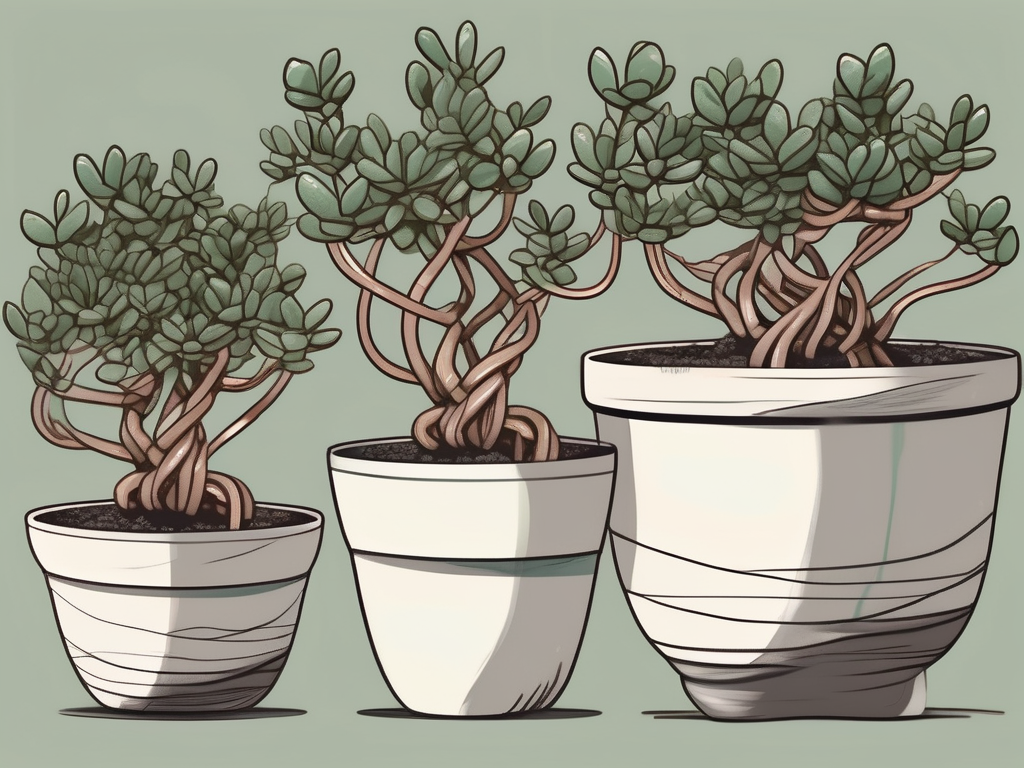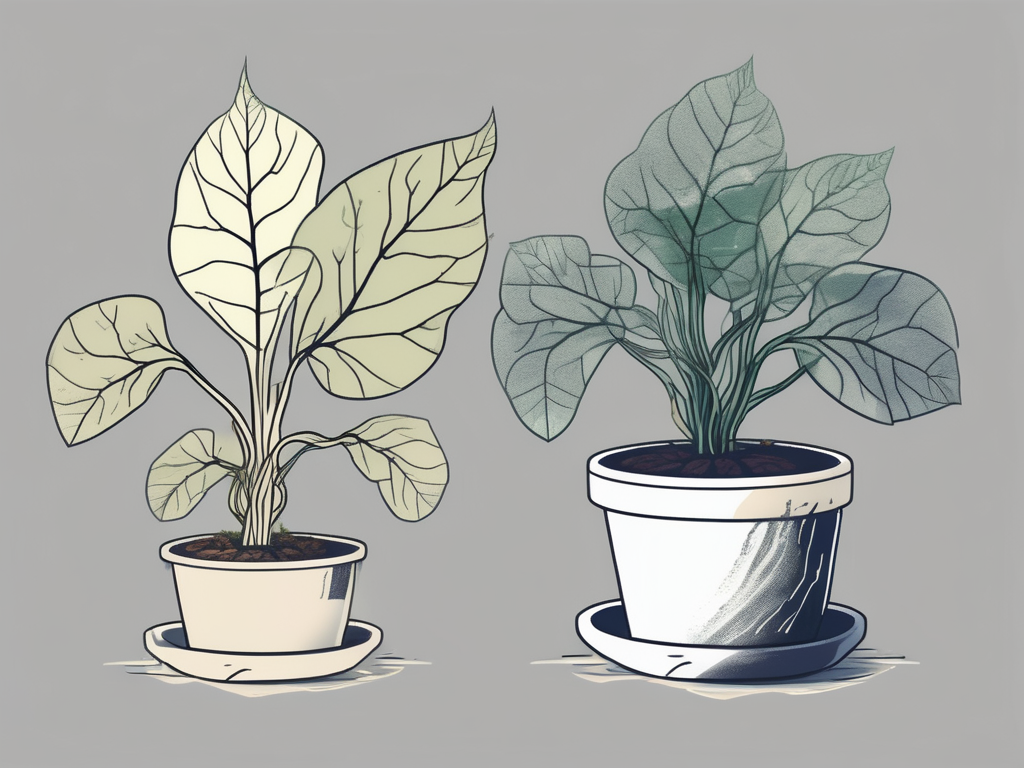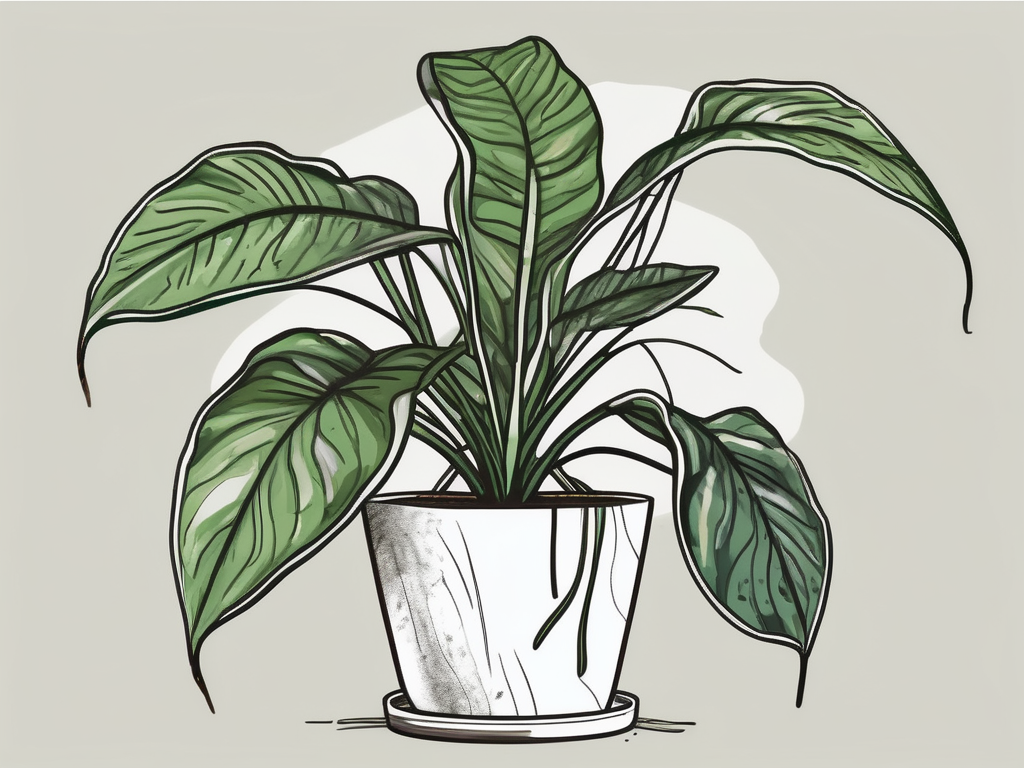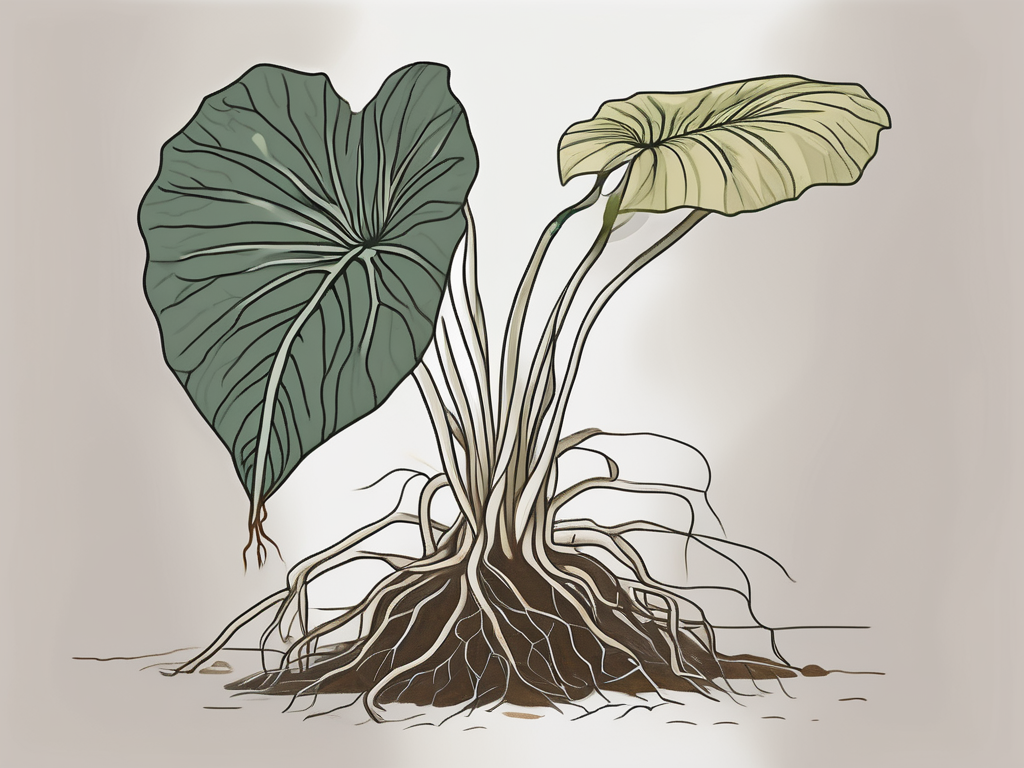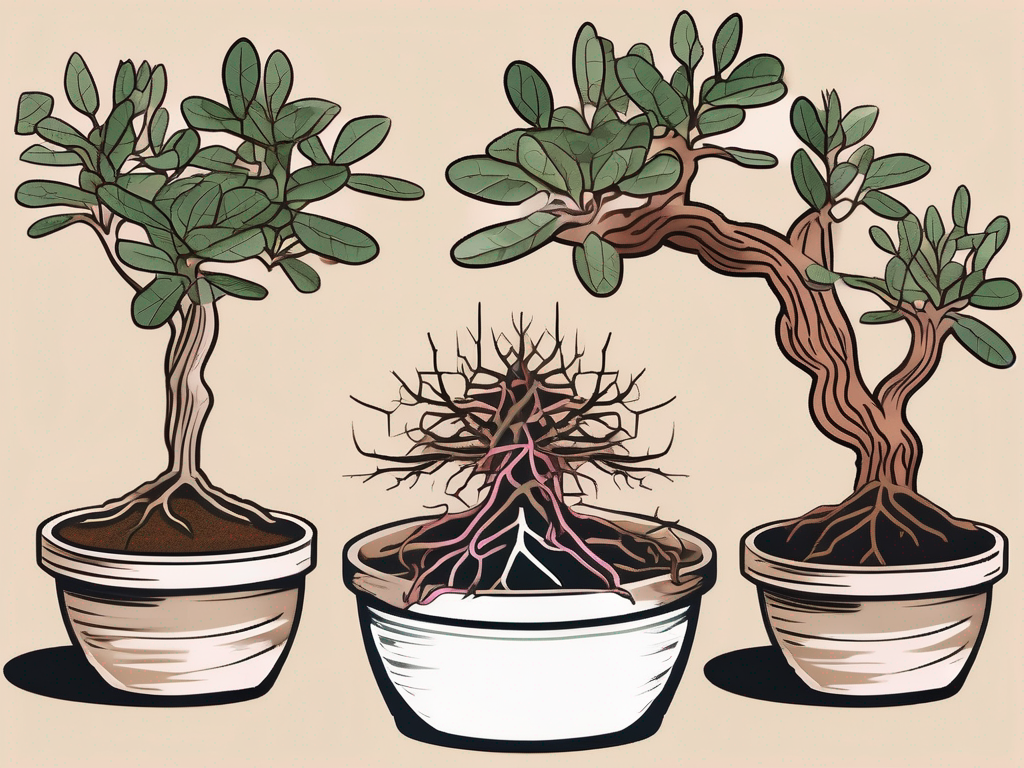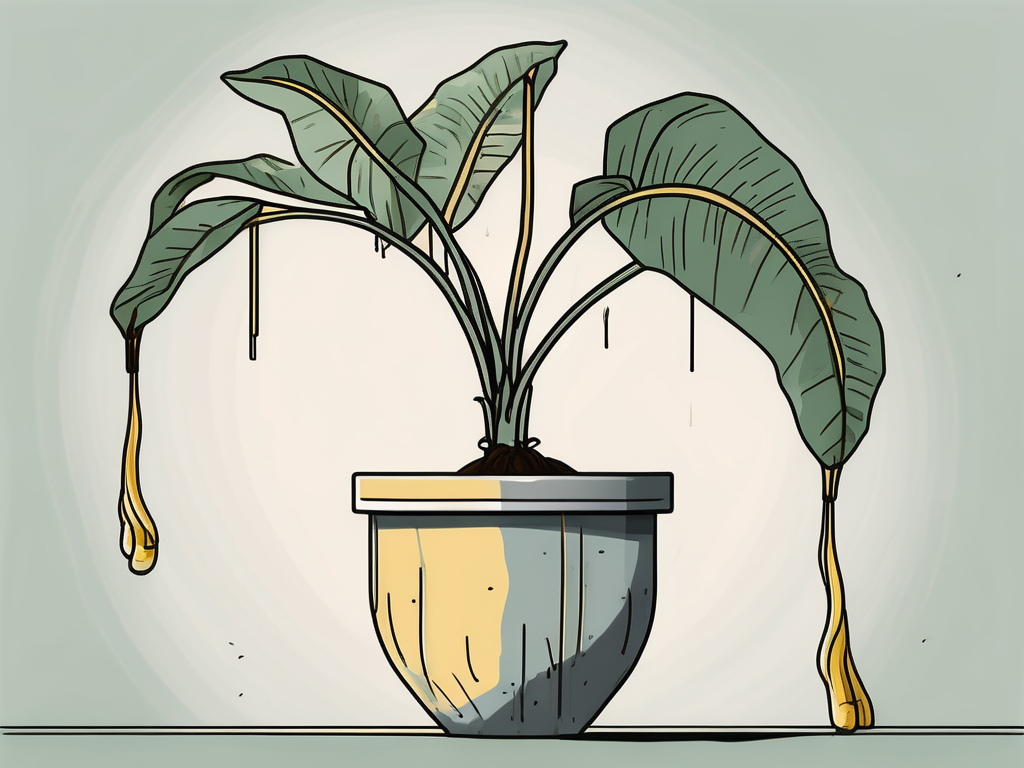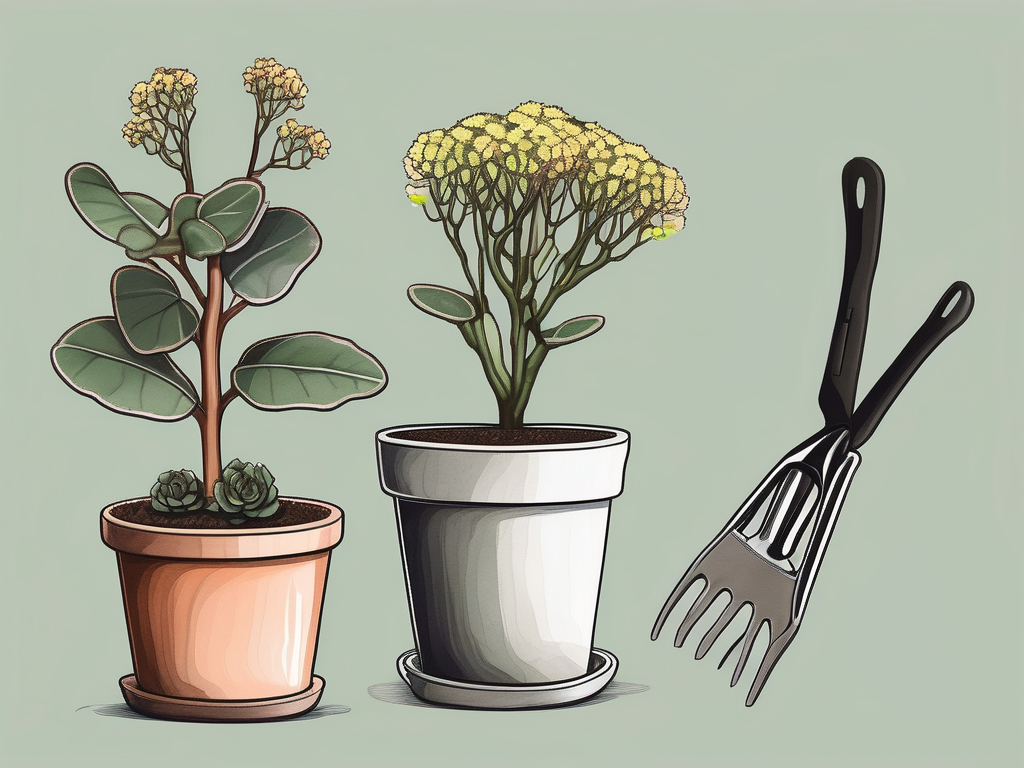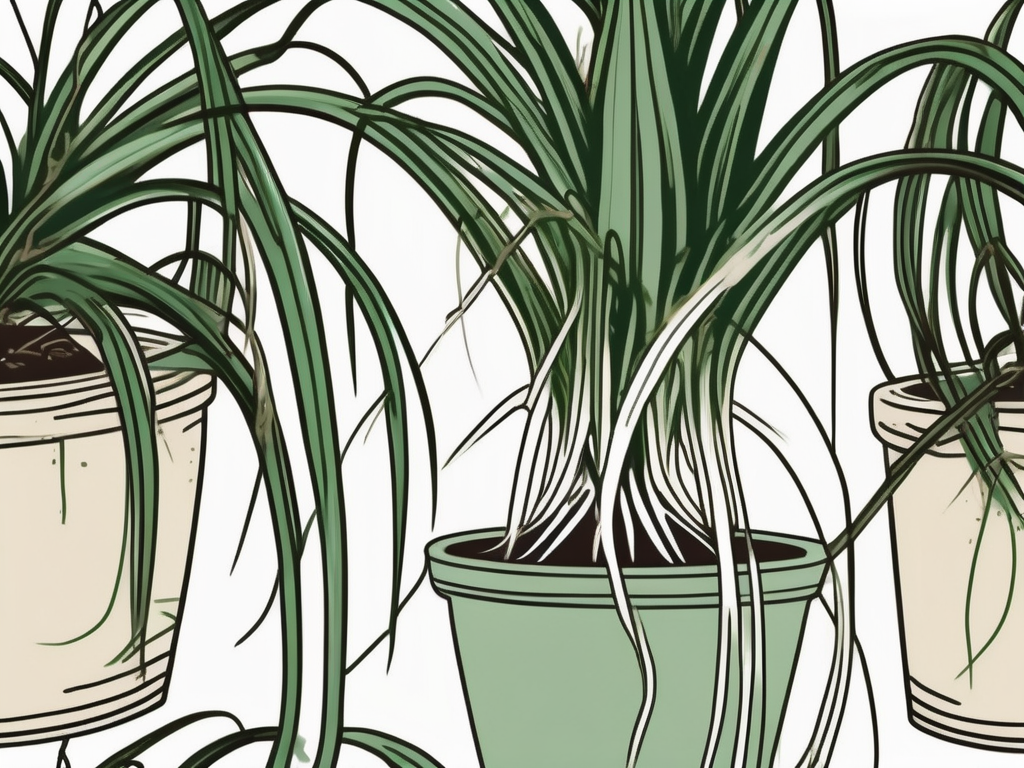
Spider plants, with their cascading green and white leaves, are a favorite among plant lovers. They’re not just pretty to look at; they’re also low-maintenance and great for indoor air purification. But, like all plants, they come with their own set of challenges. One issue that often arises is when a spider plant becomes root bound. But what exactly does this mean, and what can you do about it?
In this article, we'll explore what causes a spider plant to become root bound, the symptoms that indicate your plant might be struggling, and the steps you can take to help it thrive again. Whether you're a seasoned plant parent or just starting out, you'll find practical tips and insights to keep your spider plant healthy and happy.
What Does Root Bound Mean?
Before we jump into solutions, let's understand what it means for a plant to be root bound. When a plant is root bound, its roots have grown too large for its pot. Imagine trying to squeeze into a pair of shoes two sizes too small. It’s uncomfortable, right? For plants, being root bound is a bit like that—there's just not enough room to grow.
In a root-bound situation, the roots start to circle around the pot, often forming a tight mass. This can prevent the plant from absorbing nutrients and water effectively. Over time, it can lead to stunted growth and other health issues. But don’t worry—this is a common issue and can be resolved with some simple steps.
Causes of Spider Plant Becoming Root Bound
So, what leads a spider plant to become root bound? There are a few contributing factors to consider:
- Rapid Growth: Spider plants are fast growers. Once they find a cozy spot, they can quickly fill out their pot with roots.
- Infrequent Repotting: If you haven’t repotted your spider plant in a while, it’s likely that its roots have outgrown their current home.
- Small Pot Size: Starting with a pot that’s too small can accelerate the root-bound process as the plant matures.
Each of these factors can contribute to a plant becoming root bound. While it’s a natural process as plants grow, keeping an eye on your plant’s health and growth patterns can help you catch and address the issue early.
Recognizing the Symptoms
Spotting a root-bound spider plant isn’t as tricky as it might seem. There are several telltale signs to watch for:
- Stunted Growth: If your spider plant isn’t growing as vibrantly as it used to, or if its growth has completely stalled, it might be root bound.
- Roots Growing Out of Drainage Holes: If you notice roots poking out of the bottom of the pot, it’s a clear sign they’re running out of room.
- Yellowing Leaves: Nutrient deficiency caused by root bound conditions can lead to yellowing leaves.
- Drying Out Quickly: A root-bound plant will often dry out faster than usual, as the roots can’t absorb water effectively.
If you recognize any of these symptoms, it’s time to check your plant’s roots. Gently remove your spider plant from its pot. If you see a dense mass of roots circling the pot, it’s time to take action.
Steps to Help a Root-Bound Spider Plant
Once you've identified that your spider plant is root bound, what do you do? Here’s a step-by-step guide to help your plant find its room to grow:
1. Choose the Right Pot
Selecting a new pot is a crucial first step. Go for a pot that’s about 2 inches larger in diameter than the current one. This gives the roots space to expand without being overwhelming. Ensure the pot has drainage holes to prevent waterlogging, which can lead to root rot.
2. Prepare Fresh Soil
Spider plants prefer well-draining soil. A mix of regular potting soil with some perlite or sand works well. This combination ensures the roots can breathe while retaining necessary moisture.
3. Gently Remove the Plant
To avoid damaging the roots, gently tip the plant out of its current pot. You might need to tap the sides to loosen it. If the roots are very tightly packed, you can use your fingers to gently tease them apart. This encourages new root growth once repotted.
4. Trim the Roots (If Necessary)
If the roots are extremely dense or circling the pot excessively, you can trim them slightly. Use clean, sharp scissors and cut away no more than a third of the roots. This helps reduce stress on the plant and encourages new growth.
5. Repot the Plant
Place a layer of fresh soil in the bottom of the new pot. Sit your plant on this base and fill in around it with more soil, gently pressing it down to remove air pockets. Water the plant thoroughly, allowing excess water to drain out.
Caring for Your Repotted Spider Plant
Repotting is just the beginning. Here’s how to care for your newly repotted spider plant:
- Watering: Keep the soil consistently moist but not waterlogged. Adjust your watering schedule based on the plant’s needs and environmental conditions.
- Lighting: Spider plants thrive in bright, indirect light. Too much direct sunlight can scorch their leaves.
- Feeding: During the growing season (spring and summer), feed your plant with a diluted liquid fertilizer every month.
- Pruning: Remove any yellow or dead leaves to encourage healthy new growth.
With these care tips, your spider plant should adjust well to its new pot and continue to grow beautifully.
Preventing Future Root Bound Issues
While becoming root bound is a natural part of plant growth, there are steps you can take to prevent it from happening too quickly:
- Regular Checks: Every year or so, check the roots by gently removing the plant from its pot to see if it needs more space.
- Repotting Schedule: Plan to repot your spider plant every 1-2 years, depending on its growth rate.
- Pot Size: Always choose a pot that gives the roots room to grow, but not so large that it retains too much moisture.
By staying proactive, you’ll help your spider plant thrive and avoid the stress of being root bound.
How to Tell if Your Spider Plant is Happy
A happy spider plant is a thriving one! Here are a few signs your plant is content in its environment:
- Vibrant Growth: New leaves and a general lush appearance indicate a healthy plant.
- Spiderettes: When a spider plant produces baby plants (or spiderettes), it’s a sign that it’s thriving.
- Even Watering Needs: If your plant’s watering needs are consistent, it’s likely happy in its pot.
By paying attention to these signs, you’ll be able to enjoy your spider plant and all its benefits for years to come.
Final Thoughts
Root-bound spider plants are a common issue, but with the right care, they can quickly bounce back. Recognizing the signs early and knowing how to repot effectively are essential steps in ensuring your plant stays healthy and vibrant.
At Cafe Planta, we're passionate about helping you care for your plants. Whether you're looking for advice or new additions to your plant family, we're here to support you. Feel free to reach out via email or connect with us on Instagram. We love sharing our plant journey with you and helping you create a beautiful, thriving indoor garden.













